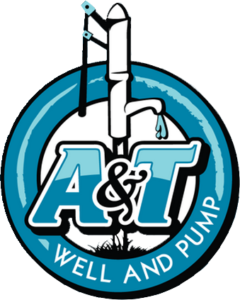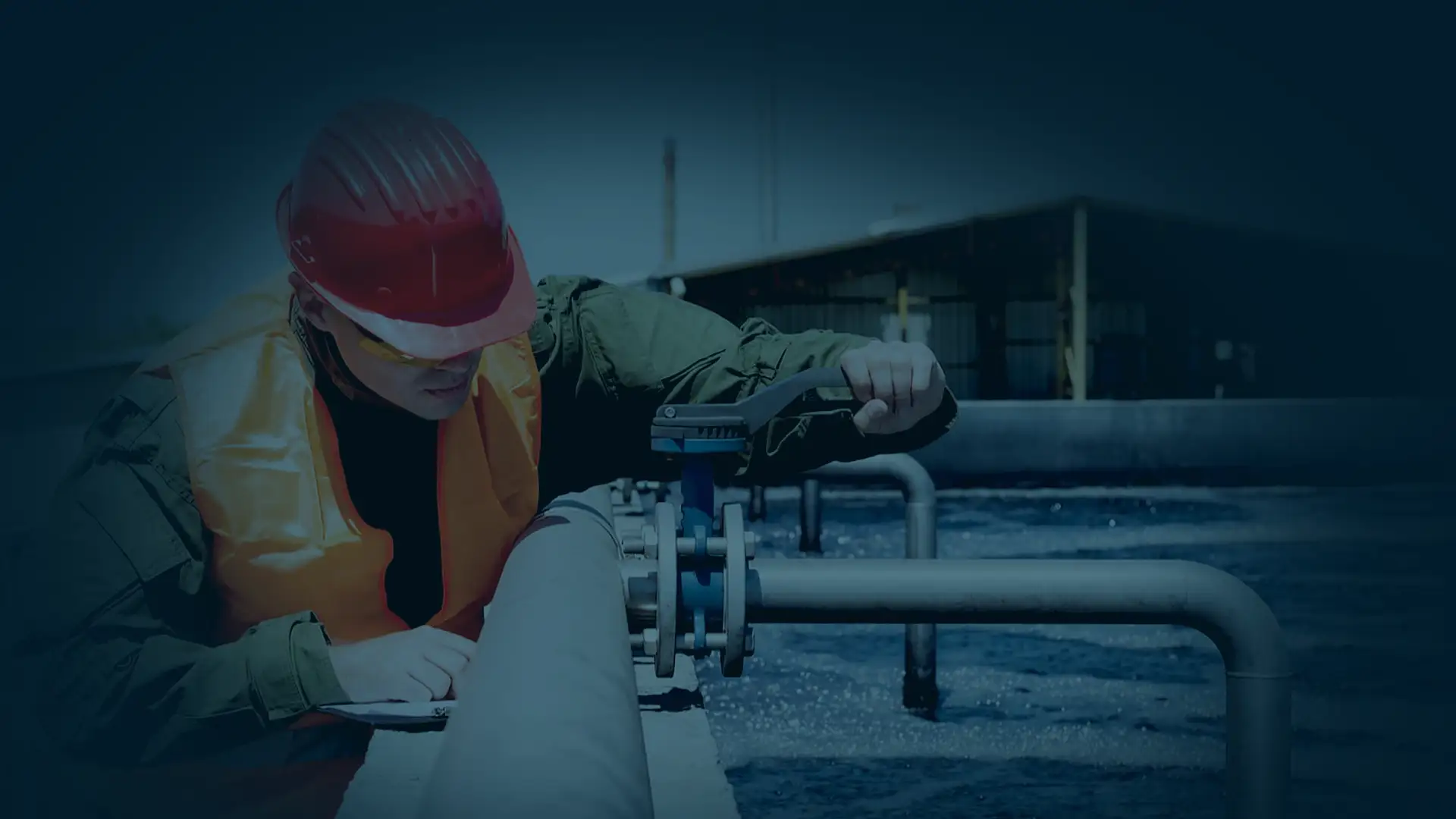Ozone water treatment systems offer a safe way to get rid of iron, bacteria, and…
If you are a homeowner or a business owner who relies on a well for your water supply, it is essential to invest some time into deep well maintenance ensuring a consistent and safe supply of well water for your family, patrons, or employees.
Deep wells are often located underground and can be difficult to access, meaning that routine deep well maintenance is often overlooked or forgotten about entirely. Unfortunately, when a well is neglected, it can lead to a range of problems. From decreased water quality to costly repairs, the importance of deep well maintenance is vital to receive an ongoing supply of safe well water.
Whether you are new to well ownership or have been relying on a well for years, our Raleigh well maintenance experts are here to help you learn how to keep your well in the best possible shape.
What is a Deep Well?
A deep well is a type of water well that is drilled or dug deep into the ground to access groundwater that is located below the earth's surface. Looking at deep wells versus shallow wells, shallow wells are typically less than 30 meters deep, whereas deep wells can range in depth from 30 to several hundred meters in depth or more. Deep wells are often used in areas where groundwater is scarce or of poor quality, and they are commonly used for agricultural, commercial, and domestic purposes.
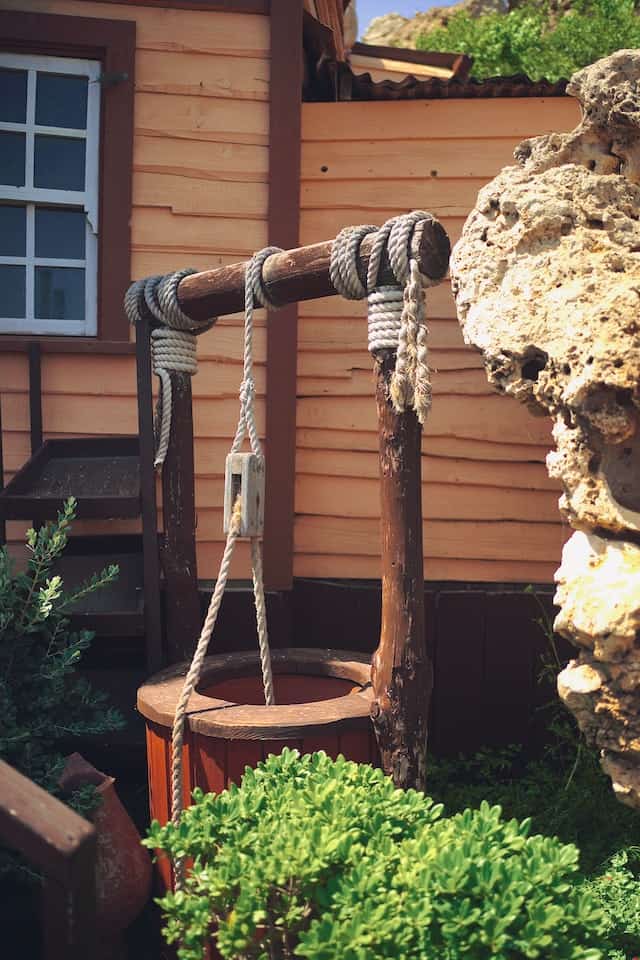
What is Deep Well Maintenance?
Deep well maintenance refers to the regular care and upkeep required to keep a deep well functioning properly and ensure that it provides a safe and consistent water supply. Deep wells are typically drilled to access groundwater that is located deep underground, and they are often used by homeowners, businesses, and agricultural operations as a source of water.
Proper maintenance of a deep well involves a range of activities, such as checking the pump, testing the water quality, and inspecting the well casing among other components important to its ability to function. The goal of deep well maintenance is to prevent issues from arising and to extend the lifespan of your well.
Some issues that occur when deep well maintenance is ignored may be reduced water flow or even water contamination. To address any problems with your deep well quickly and efficiently, it’s important to ensure the continued safety and reliability of the water supply through ongoing deep well maintenance efforts.
Signs of a Malfunctioning Deep Well
Several signs may indicate that a deep well is malfunctioning. If you notice any of the following signs, it is important to take action to diagnose the issue and repair your deep well. The sooner you have a professional troubleshoot your well issues, the more likely you are to prevent further damage or contamination of your water supply.
Here are some of the common signs your deep well is malfunctioning:
- Decreased water pressure: If you notice that the water pressure from your well has decreased, it may be a sign that the pump is malfunctioning, the well is clogged, or there is a leak in the system.
- Poor water quality: If the water from your well has an unusual color, odor, or taste, it may be a sign of contamination, a problem with the well casing, or a malfunctioning pump.
- Strange noises: If you hear unusual noises coming from your well, such as grinding or rattling sounds, it may be a sign that the pump is malfunctioning or that there is debris in the well that needs to be cleaned out.
- High energy bills: If you notice a sudden increase in your energy bills, it may be a sign that the well pump is working harder than usual to provide water to your property, which can be caused by a malfunctioning pump or clogged well.
- Visible damage: If you notice any visible damage to your well, such as cracks or corrosion on the casing, it may be a sign of a more serious issue, such as a collapsed well or contamination.
If you notice any of these signs, it is important to contact a qualified and reputable well repair professional to execute some best practices of deep well maintenance. Ignoring these signs can lead to further damage, contamination of your water supply, and the potential for more costly repairs in the future.
Deep Well Maintenance To-Do-List
If you are looking for convenient and easy DIY maintenance tips for your deep well, we have some simple ways that homeowners and business owners can troubleshoot their wells on their own.
If you’ve noticed signs that your deep well is not working properly or you suspect signs of well water contamination, complete the following troubleshooting steps:
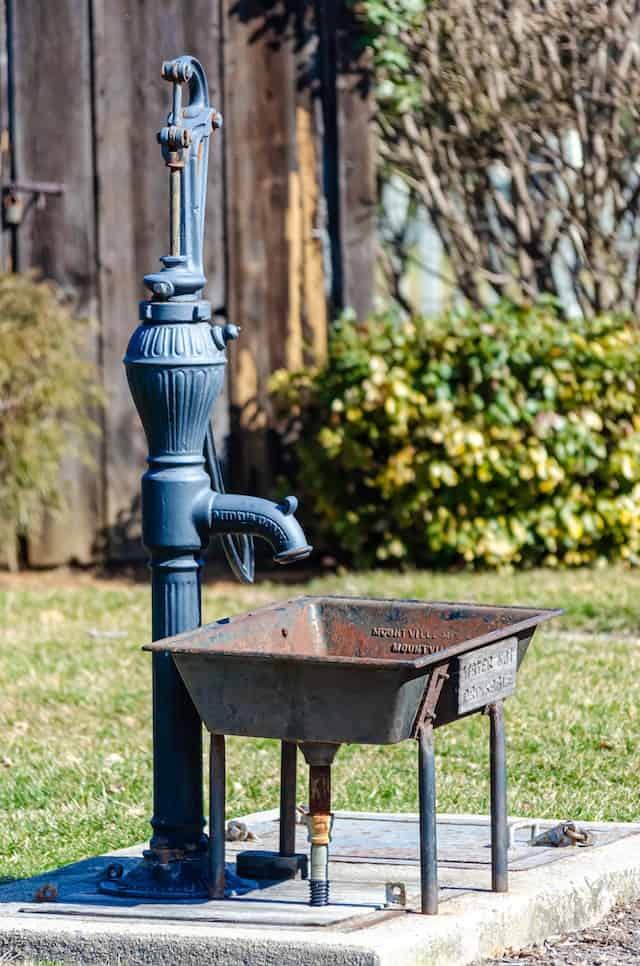
- Check the well cap: The well cap is located on top of the well casing, and it helps to protect the well from debris, insects, and other contaminants. Make sure that the cap is in good condition, securely fastened, and free from any dirt or debris buildup.
- Inspect the well casing: The well casing is the pipe that lines the well borehole, and it helps to prevent the well from collapsing, ultimately protecting the water from contamination. Check the casing for any cracks, corrosion, or other signs of damage to see if it needs to be replaced.
- Test the water quality: Regularly test the water quality to ensure that it is safe and free from contaminants. You can either purchase a water testing kit or contact a professional well service company to perform the test for you.
- Check the well pump: The well pump is responsible for bringing the water up from the well to your property. Check the pump regularly for any signs of damage or wear to ensure that it is running smoothly.
- Maintain the pressure tank: The pressure tank helps to maintain steady water pressure in your plumbing system. Check the tank's pressure and ensure that it is set to the manufacturer’s recommended level.
- Protect the well from contamination: One of the best maintenance steps you can take is easy and meant to prevent contamination of the well. By avoiding the use of hazardous chemicals or materials near the well, you can ensure that the area around the well is kept clean and free from debris that could contaminate the well and water.
- Schedule regular professional inspections: While it’s reasonable to perform basic maintenance tasks on your own, it's also important to schedule regular inspections and maintenance with a qualified team of well repair contractors. A professional can perform more advanced tasks and identify any potential issues before they become major problems for you and your property.
Advanced Deep Well Maintenance Tasks
While basic deep well maintenance tasks can be performed by the homeowner, some more advanced tasks require the expertise of a professional well contractor in Raleigh.
A&T Well and Pump can perform the following advanced deep well maintenance tasks for home and business owners in need of deep well maintenance:
- Well cleaning: Over time, sediment, debris, and bacteria can accumulate in the well, affecting the water quality and reducing the water flow. A professional well contractor can perform a thorough cleaning of the well to remove these contaminants.
- Rehabilitation: If the well is experiencing a decrease in water flow, a well contractor may be able to rehabilitate the well by cleaning, chemically treating, and/or redeveloping the well. This can help to improve the water flow and extend the life of the well.
- Well deepening: If the water table has dropped, a skilled well contractor may be able to deepen the well to access a new source of groundwater.
- Pump replacement: Over time, the pump of your well can wear out and need to be replaced. A talented expert in well pump replacement can help you select the right pump for your well and install it properly.
- Well casing repair or replacement: If the well casing is damaged, corroded, or leaking, it may need to be repaired or replaced. This is a complex task that requires the expertise of a professional well services company.
- Water treatment and filtering: If the water quality is poor, a professional well service person can install a water treatment system to remove contaminants and improve the water quality. Water filtration can also lead to increased performance of your appliances and household plumbing.
- Electrical repairs: The pump and pressure tank of your deep well is powered by electricity, and electrical issues can cause the pump to malfunction. A licensed well contractor can diagnose and repair any electrical issues your well system is experiencing.
It is important to note that these advanced deep well maintenance tasks should only be performed by a licensed professional in well water sanitation and deep well repairs. Attempting to perform these tasks without the proper knowledge and equipment can be dangerous and may cause further damage to the well system. Regular inspections and maintenance by a professional can help to identify potential issues before they become major problems that shorten the life of your well.
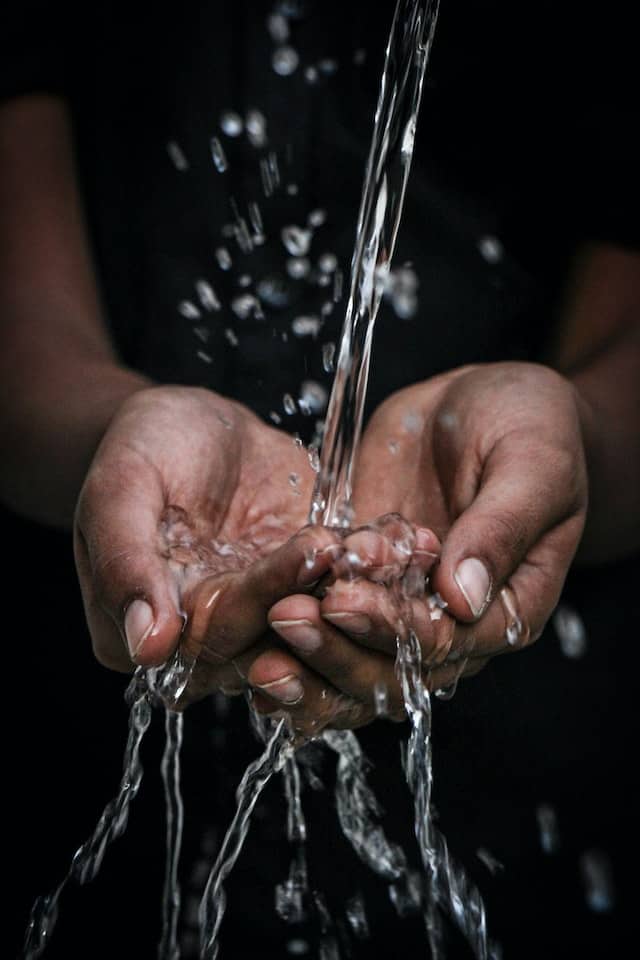
Preventive Measures for Deep Well Maintenance
Preventative measures can help you avoid deep well issues and ensure the continued reliability and performance of your well.
Some important preventative measures you can take for your deep well are:
- Avoiding the use of hazardous chemicals or materials near the well.
- Maintain proper drainage around the well.
- Keeping the well cap securely fastened to prevent contamination.
- Getting regular testing and monitoring of water quality.
- Limiting water usage during times of drought.
- Properly disposing of hazardous waste.
- Hiring a well care professional for regular maintenance and inspection services.
Contact Raleigh’s Professional Deep Well Maintenance Team Today
Do you suspect your deep well may be experiencing issues related to contamination or the quality of the water supply? If so, it’s important to get the help of a professional in deep well repairs to fix your problem as soon as possible.
Whether your well is in need of a regularly scheduled inspection, well repair services, a well pump replacement, water filtration services, or something else related to the general care and maintenance of your deep well, the experts at A&T Well and Pump are here to serve clients in the greater Raleigh area.
Contact our deep well maintenance contractors today at (919) 291-4063 or get started by filling out the contact form below.
